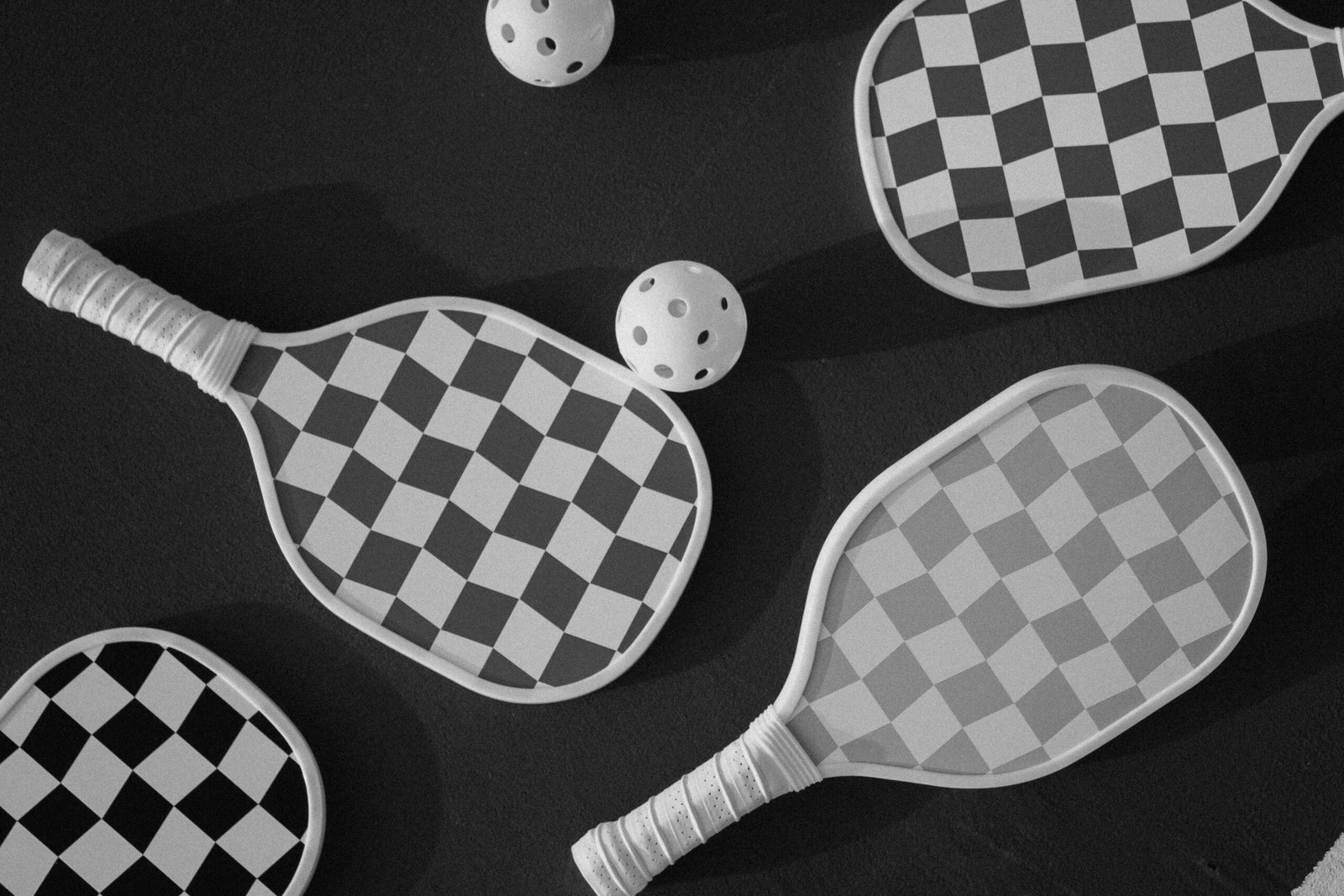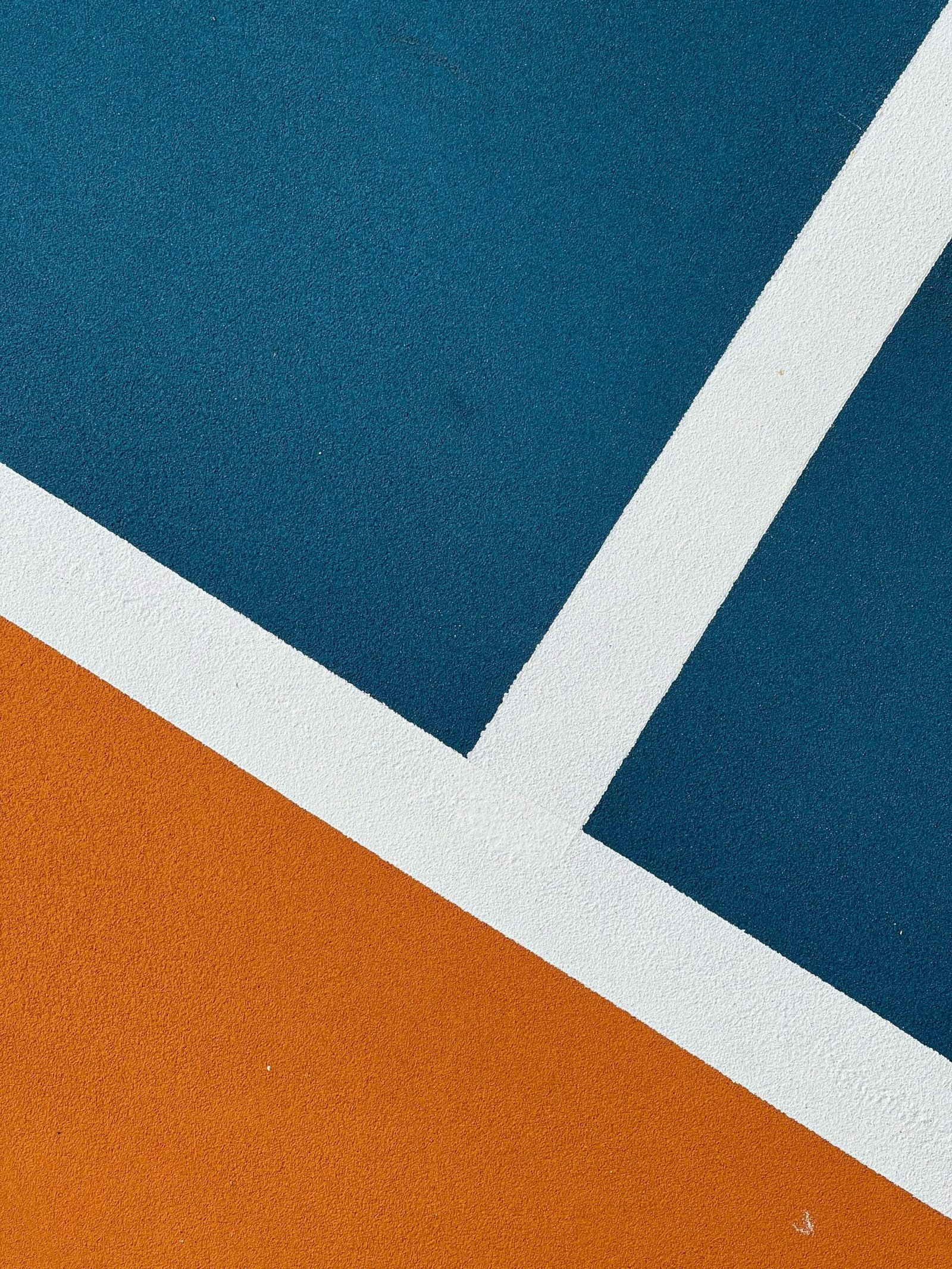Pickleball is one of the fastest-growing sports in the world, loved for its accessibility, fast rallies, and tactical depth. While doubles pickleball tends to dominate recreational and competitive play, singles is also an exciting format that offers a different challenge. Many players try both at some stage, and understanding the differences between singles and doubles can help you choose the style that best fits your game.
This guide breaks down the rules, strategies, and key distinctions between singles and doubles pickleball, making it easier to decide which format is right for you.
Popularity of Singles vs Doubles
Most players who step onto a pickleball court play doubles. In fact, around three-quarters of organised matches, tournaments, and recreational games are doubles. Doubles is considered more social, less physically demanding, and easier for beginners to pick up. Singles, on the other hand, is played less often but offers a more intense workout and a test of stamina.
The choice often comes down to personal preference. Players who enjoy a competitive, fast-paced style with strong rallies tend to lean toward doubles, while those who want to push themselves physically and take more responsibility in a game often enjoy singles.
Court Coverage
One of the biggest differences between singles and doubles pickleball is court coverage. In doubles, two players share the court, allowing them to cover ground more efficiently. This makes it easier to defend lobs, return smashes, and guard against angled shots. In singles, one player must cover the entire width and depth of the court alone.
Singles demands greater agility, speed, and stamina, since you are responsible for defending every shot. Players must learn to anticipate their opponent’s placement, maintain a strong court position, and use fitness to stay competitive.
Serving Rules in Singles vs Doubles
While the basic serving rules remain the same in both formats, the way serves are used strategically differs. In doubles, serve placement is about creating opportunities for your partner, often setting up an aggressive play near the net. Players will target corners, angles, or weaker opponents to gain an advantage.
In singles, serve placement is even more important. Since you are covering the court alone, a strong serve can put your opponent on the defensive from the very beginning of the rally. Players often focus on deep serves to push opponents back, giving themselves more time to position for the return.
Scoring in Singles vs Doubles
The scoring system in pickleball is consistent in both singles and doubles in that only the serving side can score points. However, there are differences in how serve rotation works.
In singles:
- The server switches sides depending on whether their score is even or odd.
- When a fault occurs, the serve passes directly to the opponent.
In doubles:
- Each player on a team serves in turn before a side-out.
- At the beginning of a game, only one player from the starting team serves before the serve changes.
This difference makes doubles slightly more forgiving since both players get a chance to serve. Singles can feel more ruthless, as one mistake hands control back to your opponent immediately.
Strategy in Singles vs Doubles
The tactical approach in each format is quite different. Doubles emphasises teamwork, coordination, and communication. Players must decide who takes shots down the middle, anticipate opponents’ placements, and build points through patience and positioning. Much of doubles strategy revolves around controlling the kitchen line, where quick reflex volleys and dinks dominate play.
Singles is a very different game. With no partner to rely on, players must build points using shot placement, speed, and endurance. Passing shots, lobs, and deep drives are more effective than dinks because the opponent has so much court to cover. Singles is closer in style to tennis, where movement and stamina are central to winning.
Physical Demands
Singles pickleball is far more physically demanding than doubles. A singles match requires constant running, lunging, and covering large areas of the court. It can be a great workout and is often compared to a high-intensity cardio session. Because of this, singles tends to be more popular with younger or fitter players, although some experienced veterans excel in singles through smart shot placement rather than raw speed.
Doubles, by contrast, is less physically demanding but still challenging. The focus on teamwork and shorter movements near the net makes it suitable for players of all ages and fitness levels, which is why it is more popular among recreational players.
Social Aspect
Another key difference between singles and doubles is the social side of the game. Doubles allows four players to share a court, making it more inclusive and community-focused. Many pickleball players see doubles as a way to enjoy the sport while spending time with friends.
Singles is more competitive by nature and often attracts players who want to test themselves one-on-one. While still enjoyable, it lacks the same social dynamic as doubles and tends to be played more in training or tournament settings rather than casual matches.
Which Format Is Right for You?
Choosing between singles and doubles comes down to your goals and preferences. If you are new to pickleball and want a welcoming, fun way to learn the sport, doubles is the best starting point. It allows you to share responsibility with a partner, reduces physical strain, and provides a more relaxed introduction to pickleball strategy.
If you enjoy pushing your limits, want to improve your footwork, or prefer a game where every decision rests on you, singles may be the better option. It is faster paced, physically demanding, and highly rewarding for competitive players.
Many players enjoy a balance of both, using doubles for social play and singles for fitness and individual development.
Final Thoughts
Pickleball is unique in offering two distinct formats that cater to different styles of play. Singles is a test of endurance, agility, and shot placement, while doubles emphasises teamwork, strategy, and quick exchanges at the net. Understanding the key differences between the two helps you decide which suits your skill set and goals best.
Whether you prefer the social side of doubles or the intensity of singles, both offer exciting challenges and a chance to develop your game. The beauty of pickleball is that you don’t have to choose one or the other—most players enjoy mixing formats depending on the occasion, ensuring every game feels fresh and engaging.


